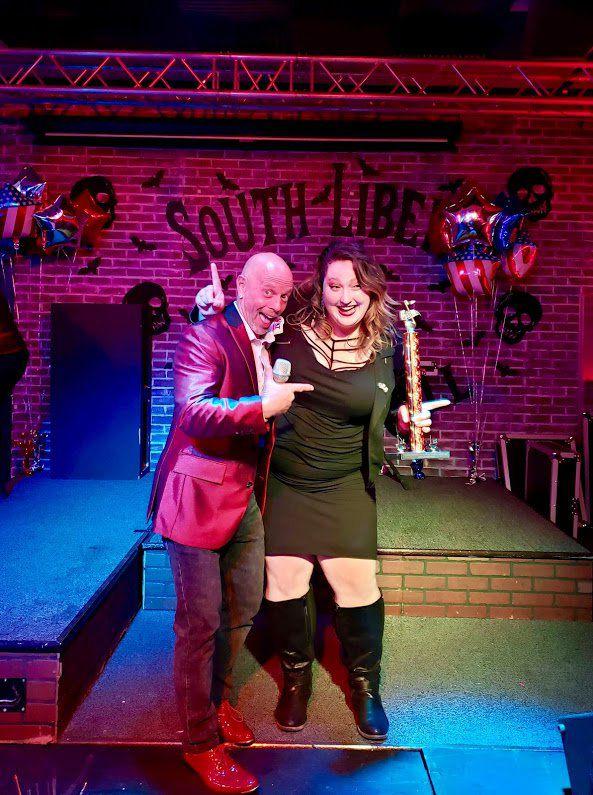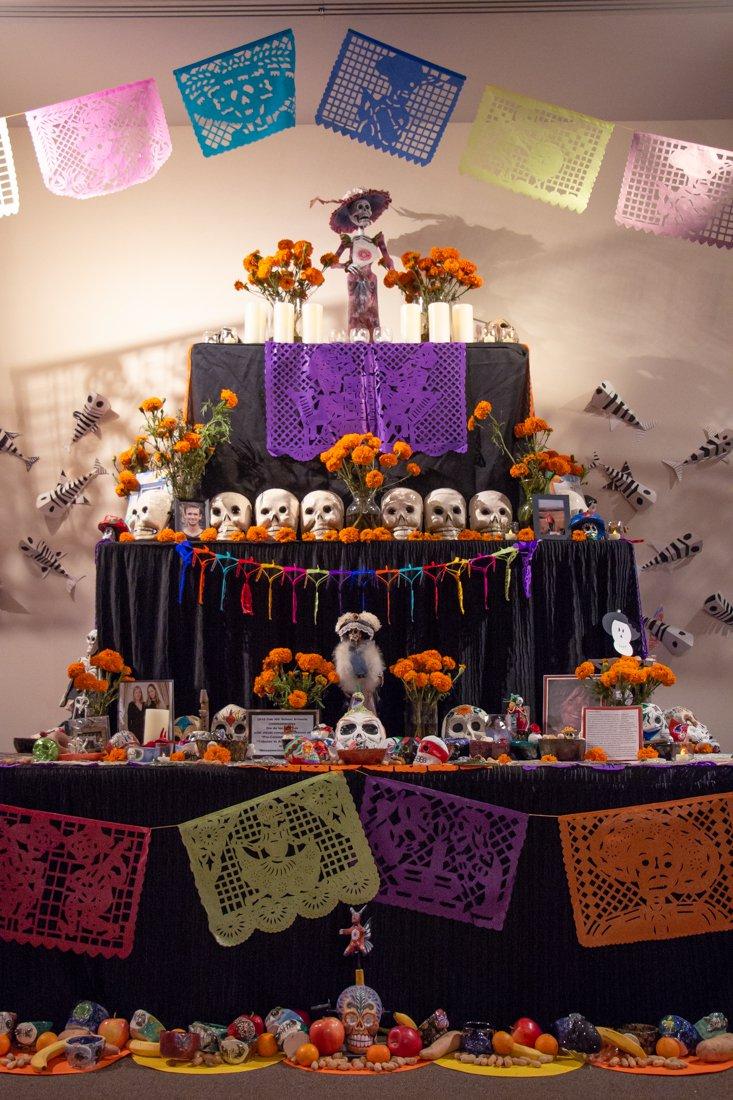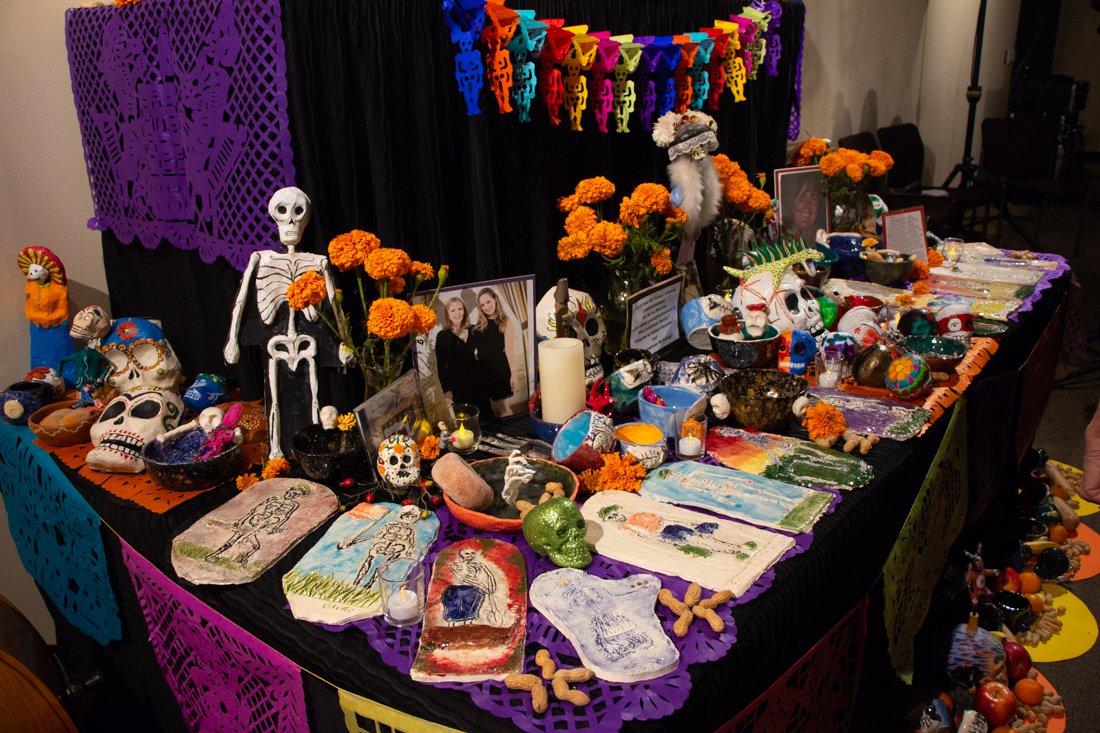It started at 11:35 p.m. More than 100 students and passers-by yelled and screamed, and dozens of police lined the 1600 and 1700 blocks of Alder Street. In the midst of the commotion, no one bothered to stop the student who pulled the stop sign at the corner of 16th Avenue and Alder Street out of the ground.
By 1:30 a.m. on Nov. 1, 1998, Eugene police arrested 12 people, including the student who unearthed the stop sign. It took nine squad cars and copious amounts of tear gas to contain the crowd, but the street was clear.
“Police and students were in a very dangerous situation that night,” said Eugene Police Department spokeswoman Melinda Kletzok, who was in town during the riot. “A lot of people could have gotten hurt.”
The risk for danger at the 1998 Halloween riot wasn’t anything unusual though; in fact, it was the third riot to occur in less than a year.
The University area has seen 11 riots and an additional near-riot since 1988, four of which have occurred on Halloween night. Although there hasn’t been a full-blown riot since 2002, last year’s crowds at Delta Sigma Phi’s annual Blood Dance came dangerously close.
Minutes after the event began, the house was filled to capacity and organizers began to turn students away. Students who paid for tickets to the event became angered when they couldn’t get in, and some tried to break the fence to get into the house. Eugene police broke up the throng of angry ticket holders and shut down the event after about 15 minutes, handing out a total of 189 citations to intoxicated, loud and destructive attendees.
“The Blood Dance wasn’t really as bad as it seemed,” said Lt. Herbert Horner of the Department of Public Safety. “There were just too many people.”
In 1996, what started as a small Halloween party on University Street turned into an angry mob of more than 200 people trying to break into the house. When police arrived on the scene and attempted to break up the crowd, several people threw bottles and rocks at the officers.
What could drive students to such behavior? Why did they attempt to physically injure police officers? Robert Mauro, a psychology professor at the University, said such riotous behavior might be explained by a concept called deindividuation.
The term, he said, refers to an instance where someone’s individual identity becomes suppressed by any number of factors.
“The idea is, you have a concept of who you are that maintains your identity,” said Mauro. “If you can reduce that connection, you can get people to do all sorts of things that they wouldn’t normally do.”
Halloween gives students the perfect opportunity to disconnect from their normal personalities, according to Mauro. Halloween parties all over Eugene are inundated with large crowds, which can convert many individual personalities into one big, faceless identity. When people who are part of a crowd are dressed in uncharacteristic clothing such as Halloween costumes, they further remove themselves from their individual identities.
“Now that they are deindividuated, what you have is relaxed social controls and social norms,” said Mauro. “This isn’t necessarily bad. It doesn’t mean you’ll immediately go off and do nasty things. You need some sort of a cue.”
The history of Halloween is a cue in itself, he said. Halloween mischief has a history spanning several decades and generations. College students don’t just theorize about wild goings-on, they expect them – and so do police.
“If enforcement shows up already prepared for violent behavior, violence is expected,” said Mauro. “Police presence on its own, if mishandled, can make it worse.”
Eugene psychologist Bill McConochie suspected another large factor playing a part in Halloween rioting is substance abuse.
“When people get drunk and lose their inhibitions, they look for excuses to release their emotions,” said McConochie. “Students may have underlying, unresolved issues like higher tuition costs or stressful classes.”
A study at Yale University also revealed that young people, especially college students, were easily led by feared or respected authorities and were extremely likely to follow such leaders even if it conflicted with a personal conscience.
“Even when they know they’re harming others, it’s a good chance that they’ll go along with it anyway,” said McConochie.
Mauro said the biggest danger on Halloween night is the power of tradition.
“You have this generational transmission of norms, and you learn that riots are just one of those things that happen on Halloween,” said Mauro. “You can transmit these sorts of norms from generation to generation, and it can take a long time for them to die out.”
[email protected]
Halloween night has history of riots in UO area
Daily Emerald
October 30, 2007
0
More to Discover






